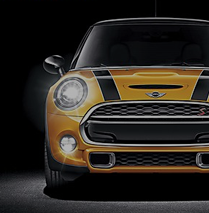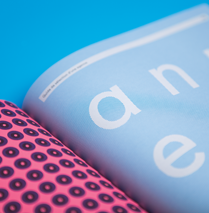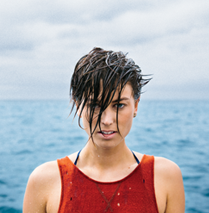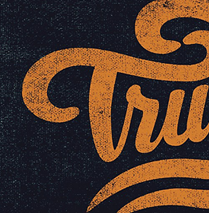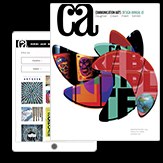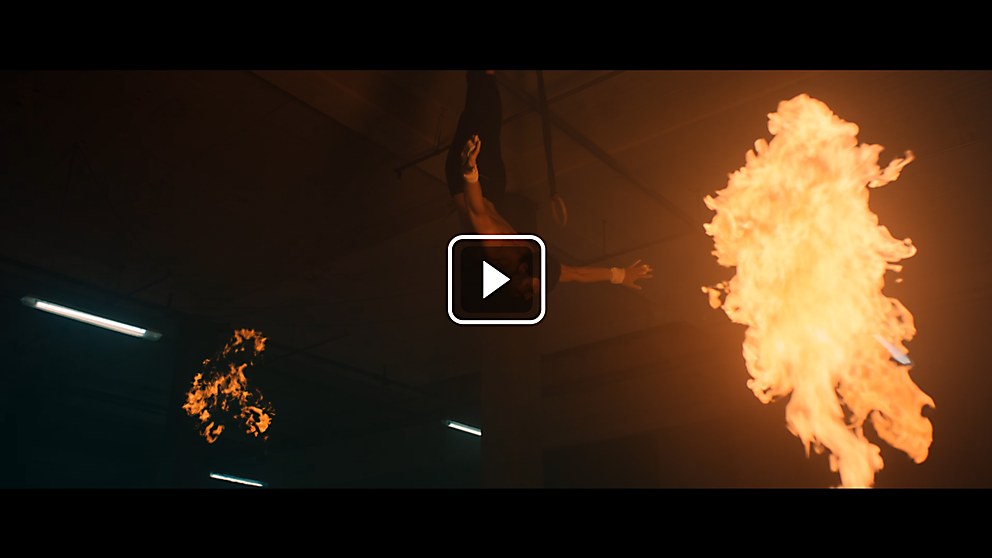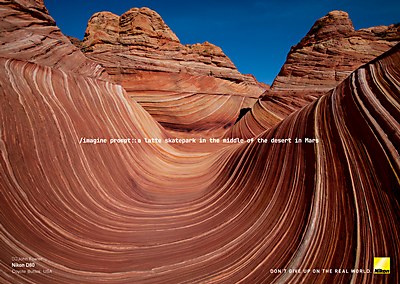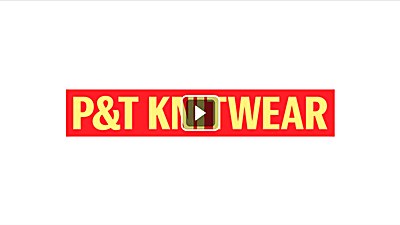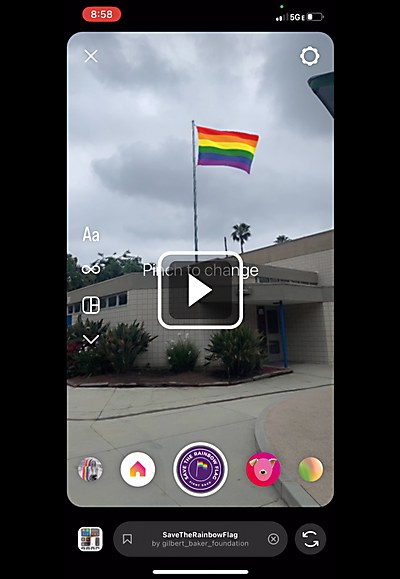Respones by Drew Forrest, director of culture and strategy, nice&frank; Graham North, chief strategy officer/cofounder, nice&frank; Laura Petruccelli, chief creative officer, nice&frank; and Luke Waldren, chief customer officer, Les Mills.
Background: “Recent research by us at New Zealand–based fitness company Les Mills shows that young people are seeking greater positivity and variation from their workouts, not just the grind we’re used to seeing,” says Luke Waldren. “Our goal is to take the fun, welcoming and enjoyable environment of Les Mills to one of the biggest fitness markets in the United States. That informed how we brought this campaign to life, emphasizing that working out can be happy, not just sad and painful. So, as much as we focus on happiness in the campaign, Choose Happy is also about reminding people that they have a choice: they can choose to workout however they want, and as a brand, Les Mills makes it easier to make those choices by making sure it feels fun.”
Design thinking: “This whole story started with what we at ad agency nice&frank call a ‘Frankshop,’” says Graham North, “an honest workshop where key decision makers of the brand come together—including the Mills family themselves—and we encourage them to make tough tradeoffs in order to get to brave creative thinking. In this case, we aligned with them on walking away from showcasing elite athleticism to focus on the mental benefits of working out, brought to life by instructors that exude pure joy in all their kiwi glory. We leaned into things that were so unapologetically true about the brand and its origins and took from the beauty of the landscape, the wit of New Zealanders and the care of the Les Mills family to create what we call a fitness-tourism campaign.”
Challenges: “Finding a way to promote a New Zealand fitness brand that’s totally unknown in the United States to an already saturated fitness market,” says Laura Petruccelli. “It’s also hard to get a New Zealand company to play by the United States’s rules of marketing. Things need to be bigger, louder and more attention-grabbing than I think the creative culture and personality of New Zealand are. But that’s the unique tension that inspired the idea, the juxtaposition of the two countries. By making the most Americanized and overt fitness commercial, we showed the differences that would make someone want to try Les Mills instead. It’s great when we can use opposites to create new meaning in advertising, and having a client willing to see things from the other side makes that a lot easier to achieve.”
Favorite details: “The collective energy when we landed our organizing idea, ‘choose happy,’ that we felt pushed the brand into an ownable territory, one the client team felt could rally them internally and differentiate them externally. Nike couldn’t say this,” Petruccelli says, before listing some other key moments: “The relief when actor Brett Goldstein signed on [as the campaign ambassador], as he had the perfect pop culture persona to bring the campaign to life. Brett literally experienced New Zealand just like the brand ambassadors will, going wine tasting and bungee jumping. Sheep interrupted the filming of the final scene on the cliffside in New Zealand. The moment when we realized the wolf from our film was the exact same wolf from Taylor Swift’s ‘Out of the Woods’ music video. And the giddy joy on our first edit review when it started to feel real for everyone involved.”
New lessons: “Learning to trust the director’s instincts, especially when working with an amazing talent as Andreas Nilsson,” Petruccelli explains. ”He constantly took each moment and found ways to make it more memorable. For example, we got a professional gymnast to do the insane backflip from the ropes—this wasn’t in the original script.
“Brett also brought his own ideas to the table,” she continues. ”By opening up the idea to be more collaborative and less protective over the ‘original script,’ the work can get that much more interesting. When you’re lucky enough to work with so many talented people, the best thing you can do is let them in. So often we close people out of our process in fear of it being different, but that’s when ideas get more interesting.”
Visual influences: “We were inspired by the most well-known fitness commercials of our time, as well as famous sports scenes in films and movies,” says Drew Forrest. “Nonsensical voiceover and crazy intensity seem to be the running themes—something we wanted to exaggerate in order to fight against it. We worked with directors of photography and composers that had all worked on the best fitness ads, so they essentially got the fun chance to spoof themselves.”
Time constraints: “We were trying to launch as close to the Ted Lasso series finale as possible,” Forrest says. “We were pushed out a few weeks, but people still saw the connection. Roy Kent is the most iconic grumpy TV character, and we got to flip the script on his usual character traits. This wasn’t the whole idea, but culturally, it helps to pick up where the internet left off with certain topics in order to get people interested in brands they’ve never heard of. It was the perfect combination to spark conversation.”


